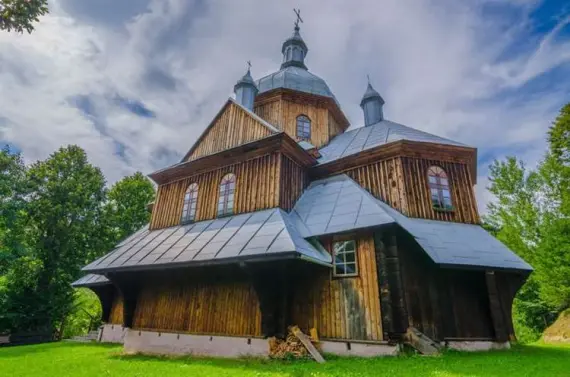Tarnobrzeg - PKS - Buses and Buses - Transportation - Attractions and Monuments
TARNOBRZEG

Tarnobrzeg - tourist attractions and monuments. What is worth seeing?
Tarnobrzeg is a picturesque town located in southeastern Poland, on the right bank of the Vistula River. The town can be a paradise for lovers of Polish history and tradition. Established in 1593, it served as a center for crafts, trade and Marian worship. Although it fully developed only after World War II, at every step we can admire objects representing the unique history of this city.
While in Tarnobrzeg it is worth visiting the Museum of Polish Sulphur Industry, where we can deepen our knowledge of Polish mining traditions shaped from the Middle Ages to the present day, and admire minerals from nearby mines.
Also worthy of note is the 15th century Tarnowski Palace. Once owned by the magnate Tarnowski family, it is now a cultural heritage of Tarnobrzeg. Located in the Old Town, the castle is not only a must-see for history buffs, but also for families wishing to relax in the surrounding picturesque park.
An interesting point of interest can also be the Wooden Architecture Route that runs through Tarnobrzeg , rich in historic Orthodox churches, well-preserved churches, manor houses and beautiful rural buildings. Close to Tarnobrzeg are Sandomierz, Koprzywnica and Baranów Sandomierski. So you can diversify your trip with a trip to these towns and cities. There is something for everyone.Tarnobrzeg - PKS, buses and vans. Transport from and to TarnobrzegThese
and many other tourist attractions every year encourage hundreds of tourists from all over Poland to visit this unique city. Preferably together with Sindbad, which will take care of the comfort and safety of travel on board modern coaches. Attractive ticket prices will put an extra smile on the faces of our passengers.Welcome aboard our buses! Are you interested in the city description? Check out the details of connections from your town in the search engine at stronie głównej.
TARNOBRZEG - list of coach stops:
- Dworzec autobusowy, ul. A. Mickiewicza, st. 2
SINDBAD coach stop:
TARNOBRZEG - list of international connections:
© 2025 Sindbad
Technical support, assistance, payments: Sindbad IT
© 2025 Sindbad
Technical support, assistance, payments: Sindbad IT
